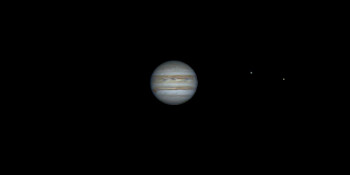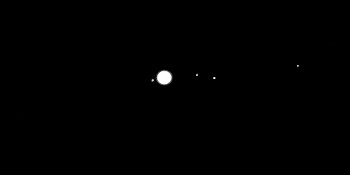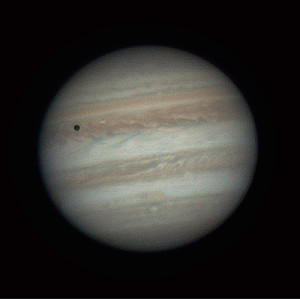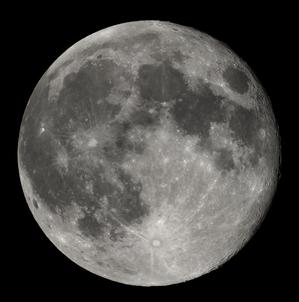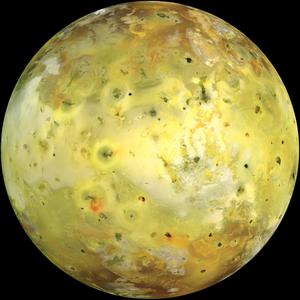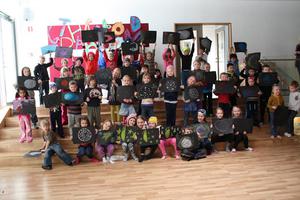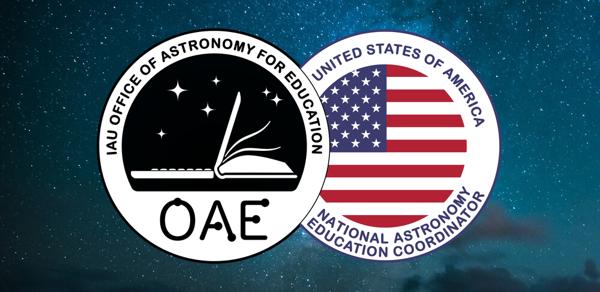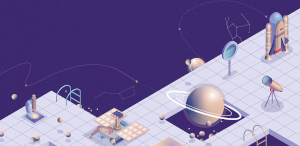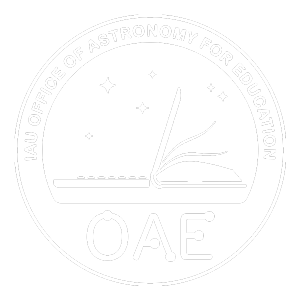Glossary term: 衛星
Description: 衛星是圍繞行星、矮行星或小行星等較小天體運行的天體。地球有一顆衛星,叫做月球。太陽系的大多數行星都有衛星,但水星和金星沒有。矮行星冥王星有幾顆衛星,少數其他矮行星和小行星也有衛星。這裡的衛星是指天然衛星,用於通信或科學目的的人造衛星不屬於此類。
許多衛星是在圍繞行星、矮行星或其他天體的軌道上形成的。人們認為,月球是在太陽系形成的早期階段,由地球和一顆行星發生大碰撞後,由拋射出的物質形成並圍繞地球運行的。其他許多衛星(大多較小)都是小行星,它們被所環繞天體的引力俘獲。
Related Terms:
See this term in other languages
Term and definition status: The original definition of this term in English have been approved by a research astronomer and a teacher The translation of this term and its definition is still awaiting approval
This is an automated transliteration of the simplified Chinese translation of this term
The OAE Multilingual Glossary is a project of the IAU Office of Astronomy for Education (OAE) in collaboration with the IAU Office of Astronomy Outreach (OAO). The terms and definitions were chosen, written and reviewed by a collective effort from the OAE, the OAE Centers and Nodes, the OAE National Astronomy Education Coordinators (NAECs) and other volunteers. You can find a full list of credits here. All glossary terms and their definitions are released under a Creative Commons CC BY-4.0 license and should be credited to "IAU OAE".
If you notice a factual or translation error in this glossary term or definition then please get in touch.
Related Media
木星的自轉,作者 Vishal Sharma,印度
Credit: Vishal Sharma/IAU OAE
License: CC-BY-4.0 Creative Commons 姓名標示 4.0 國際 (CC BY 4.0) icons
木衛影片2,Nicolas Hurez,Paul-Antoine Matrangolo,和Carl Pennypacker,美國
Credit: Nicolas Hurez,Paul-Antoine Matrangolo 和 Carl Pennypacker/IAU OAE
License: CC-BY-4.0 Creative Commons 姓名標示 4.0 國際 (CC BY 4.0) icons
木星、木衛一及其陰影,作者:Ralf Burkart,德國
Credit: Ralf Burkart/IAU OAE
License: CC-BY-4.0 Creative Commons 姓名標示 4.0 國際 (CC BY 4.0) icons
伊奧衛星
Credit: 美國宇航局/JPL/亞利桑那大學 credit link
License: PD Public Domain icons
Related Activities
Deadly Moons
astroEDU educational activity (links to astroEDU website) Description: Through art and science, children learn about moons of our solar system.
License: CC-BY-4.0 Creative Commons 姓名標示 4.0 國際 (CC BY 4.0) icons
Tags:
Art
, Creativity
, Hands-on
, Drawing
Age Ranges:
6-8
, 8-10
, 10-12
Education Level:
Primary
, Secondary
Areas of Learning:
Fine Art focussed
, Social Research
Costs:
High Cost
Duration:
1 hour
Group Size:
Group
Skills:
Asking questions
, Communicating information
